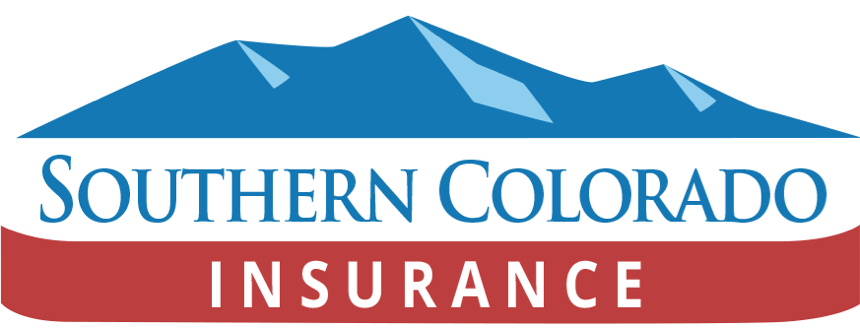Safety is priority number one in the construction industry, but did you know your insurance policy is designed to work together with OSHA requirements to help you create a safer environment for everyone? And we're here to help you every step of the way.
Regular OSHA safety training—and staying up-to-date on safety guidelines—is critical, especially as the pandemic lingers. Here are just a few reasons why:
- Education and training keep everyone safer.
- Supervisors and managers will be empowered to promote safety.
- With the right training, workers know what to do if an accident happens.
When you can lower your insurance premiums while reducing the chance of accidents, risk management makes good business sense. Effective risk management and loss control can reduce claims—and having fewer claims can result in lower insurance rates.
OSHA’s top four construction risks are falls, electrocution, being struck by objects, and being stuck between objects. At a minimum, your training plan should teach employees about these hazards and how to reduce their risk of injury. And it doesn’t have to be boring classroom lectures, either. OSHA recommends trying on-the-job training, peer training programs, and worksite demonstrations to reach everyone on site with safety messages.
Your training plan should include these four steps:
- Train everyone on safety guidelines. Don’t forget to include subs and temps!
- Empower supervisors, leads, and managers about their role in safety.
- Train workers on their part in the safety program.
- Show workers how to identify and mitigate hazards on the job site.
We hope this information is useful to you. Please feel free to reach out for a free consultation or quote: customerexperience [at] scicteam [dot] com, 719-329-4441.
SCIC Team
Compliments of Levitate AI

Discussion
There are no comments yet.